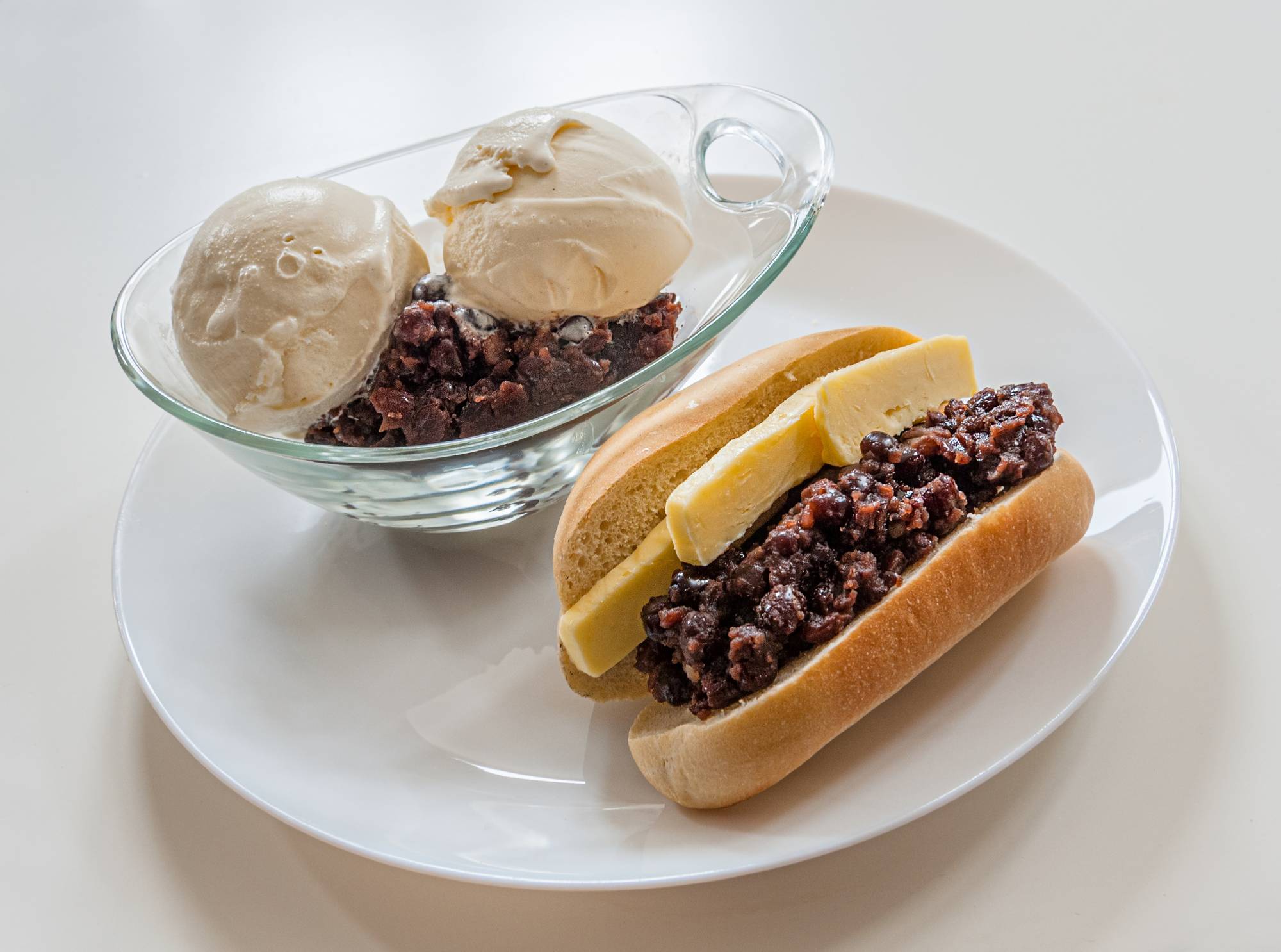An, also known as anko (red bean paste), forms the foundation of most wagashi (traditional Japanese sweets). There are various types of an, but the easiest to make at home is tsubu-an, a sweet, chunky paste made with adzuki beans.
An is used to make wagashi such as ohagi or botamochi, the pounded rice dumplings served at higan (holidays around the spring and fall equinoxes). Other tsubu-an favorites include dorayaki, where the paste is sandwiched between small pancakes, taiyaki (fish-shaped pastries filled with tsubu-an) daifuku (mochi-wrapped sweet bean paste) and much more.
Adzuki beans are small and do not need presoaking. Getting the best quality, freshest beans available will make a difference in how fragrant the final result will be.



















With your current subscription plan you can comment on stories. However, before writing your first comment, please create a display name in the Profile section of your subscriber account page.